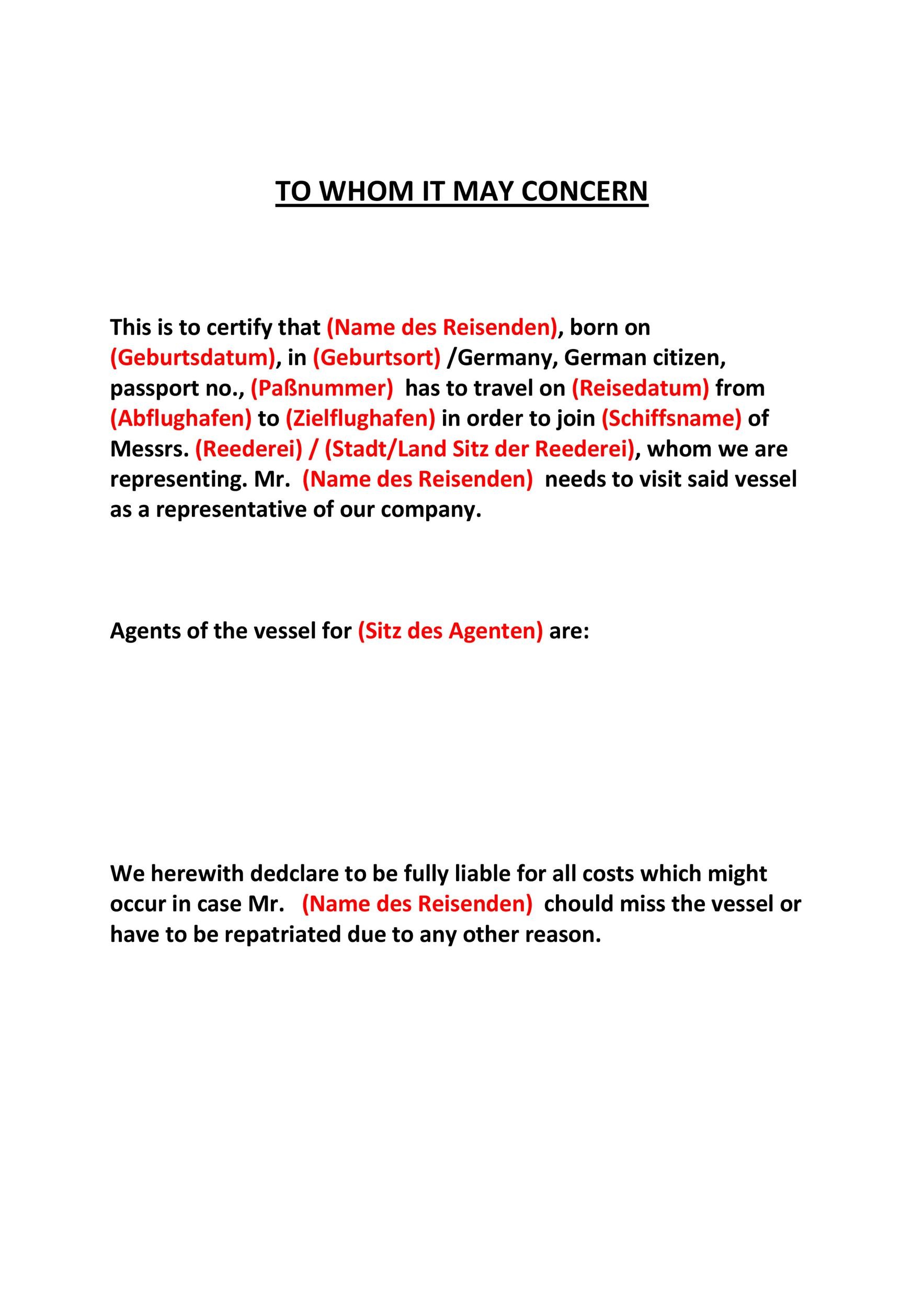

If you must use Dear Sir or Madam or a variant of it, traditionally this salutation is paired with Yours Faithfully, in the signature. This salutation should be used for communication regarding specific projects, specific concerns, or employment.

This salutation should be used for general concerns like support requests or feedback.ĭear Sir or Madam implies that you have one specific person in mind for this letter, but do not know their name, title, or gender. To Whom It May Concern implies that the information discussed in the letter can go to any relevant party within the organization. Though many people use Dear Sir or Madam interchangeably with To Whom It May Concern, there is a notable difference in meaning that employers or companies in certain formal sectors (academia, law, finance, etc.) will be sensitive to. If, after diligent searching online and off, you are unable to learn the the name, role, or gender of your intended recipient, what should you do? In this (rare) situation, you should use Dear Sir or Madam and not To Whom It May Concern. This business writing salutations flow chart will help you understand when to use Dear Sir or Madam and when to use something else. Good if you’ve worked together before or the environment is casual.) Dear Sir/Madam Alternativesīecause you should invest some time trying to find out exactly whom you are writing to, the best alternatives to the highly impersonal Dear Sir or Madam include, in order of preference: Use generic titles- you can say, Dear manager, recruiting team, supervisor, president. Regardless of format, use a formal tone, while-as stated earlier-investing time in researching whom you are writing to. Many people do not like the To Whom It May Concern, so you can use different alternatives and make the same point: Use proper titles- you can say, Dear Sir, Ma’am, Miss, Mrs or Ms. You should avoid using Dear Sir/Madam in emails as well as in cover letters.Ĭover letters are notably more formal than emails, but some of the same rules apply, especially if you are writing to someone for the first time. When writing a recommendation letter for a previous employee or student, it is always best to address it with a To Whom It May Concern. Knowing someone’s name, gender, and what they do is a fundamental way to show your investment. If you want to write a better cover letter to a prospective employer or an outstanding business letter to a potential client, you want to stand out, right? Likely you want to show how you are already a great fit for the team. Dear Sir or Dear Madam may offend your recipient if you’re unsure of their gender or get it wrong.But it’s 2020, and it’s pretty easy to figure out who will be reading your email or letter or message, whether its the hiring manager or a future mentor or a coworker (please, know your coworkers names). In today’s technologically connected world, there is (almost) no excuse for not knowing whom you are writing to. To whom it may concern is a letter or email greeting used when the sender doesn’t know who will be receiving the message.The short answer is yes but only rarely-though of course, not everyone agrees.


 0 kommentar(er)
0 kommentar(er)
